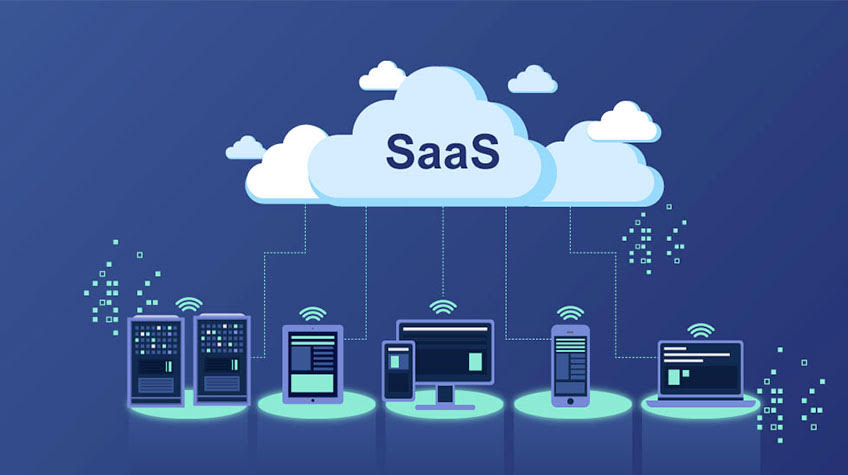Technology has made some impressive strides in the last few years – not to mention decades. Since the early '90s, this has put schools in an interesting position. Internet connectivity has offered students and teachers new ways in which to engage one another, but the rapid evolution of the assets that they need combined with the struggle to maintain funding has left an incredible number of schools without the right kinds of connections to participate in modern education.
When the Internet first began to take hold, the federal government found a solution in the form of the Schools and Libraries Program – more commonly known as E-rate. This initiative has allowed educational facilities to earn up to a 90 percent break on their telecommunications investments in order to benefit those enrolled in K-12 schools. According to Education Week contributors Benjamin Herold and Sean Cavanagh, recent adjustments – including a $1.5 billion increase in the program's funding – has allowed for E-rate benefits to be directed toward improving things like access to fiber-optics and internal Wi-Fi networks.
But these improvements do not come without some new conditions. In order to remain eligible for E-rate benefits, schools need to start pushing away from landline connections. It is increasingly being realized that one of the best ways in which to do this is through the adoption of online fax services. When undertaking this kind of initiative, education professionals should turn toward FaxCore for the best possible fax services.
In the last part of this series, we discussed how E-rate came to be. In this segment, we'll talk more about how the program is changing before moving on to potential solutions that have to be considered during the transition.
E-rate's evolution focused on improved wireless, fiber connectivity
Herold and Cavanagh wrote that 40 million students and 63 percent of public schools are unable to access the kind of bandwidth that is recommended by the Obama administration. This is the kind of problem that the revised E-rate bill hopes to rectify by increasing the funding cap and putting more focus on Wi-Fi improvements and fiber-optics.
"The new aid is expected to begin flowing to schools and libraries this coming summer," Herold and Cavanagh stated. "Most of the new rules approved by the commission – including several changes that could benefit rural schools, which continue to struggle with access to fiber-optic cable, generally regarded as the best means of providing high-speed connections – will take effect in 2016."
While this all might seem cut and dry, there are bigger things at play than may be visible at first glance. According to Lexology contributors Devin Smith, Danielle Frappier and Paul Hudson, the federal government has included language in the new E-rate provisions that states support for traditional connections will start to be phased out over the next five years beginning in the 2015 funding year. This means that landline services like voice and fax will receive cuts of 20 percent until it is finally eliminated in 2020. Smith, Frappier and Hudson added that financial support for channels like "paging, e-mail, web hosting, voicemail, text messaging and directory assistance" will be cut immediately at the beginning of funding year 2015.
This means that schools have to start getting serious about migrating away from landline connections. While this task may sound daunting, there are several ways in which it can be accomplished – and all of them are actually beneficial in terms of cost and operational efficiency. In the next segment of this series, we will talk about the changes that educational facilities have to make in order to continue qualifying for E-rate support.




